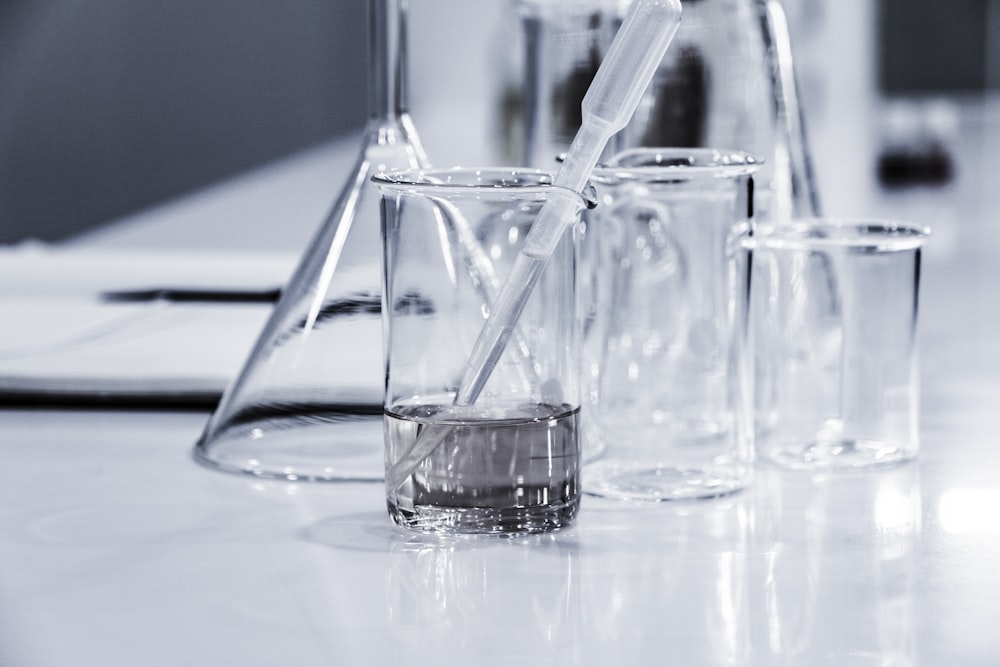The Invisible River: How Tiny Temperature Tricks Measure Microscopic Flows
Exploring thermal microflow sensors that use temperature measurements to detect microscopic fluid movements
Navigation
Introduction
Imagine trying to map the currents in a river thinner than a human hair. Or monitoring the precise flow of medication through a microchip-sized device inside your body. This isn't science fiction; it's the daily challenge in fields like microfluidics, drug delivery, and advanced manufacturing. How do scientists "see" these vanishingly small flows? The answer lies in a surprisingly elegant trick: measuring temperature.
Welcome to the world of microflow sensors based on thermal principles. These ingenious devices act as detectives, using heat as their clue to uncover the secrets of microscopic fluid movement. Forget giant paddles or spinning turbines; at this scale, sensing flow is all about the subtle dance between heat and moving molecules.

Hacking Heat Transfer: The Core Idea
The fundamental physics behind thermal microflow sensors is beautifully simple:
Heat it Up
A tiny heater element embedded in the microchannel warms the fluid (or gas) flowing nearby.
Track the Heat
As the fluid moves, it carries heat away from the source – a process called convective heat transfer.
Sense the Shift
Temperature sensors placed strategically detect how the heat is carried away, revealing flow direction and speed.
Keep the heater power constant. The temperature difference between upstream and downstream sensors changes with flow rate and direction.
Keep the heater temperature constant. The electrical power needed to maintain that temperature changes with flow rate.
Key Insight
Faster flow carries heat away more efficiently, cooling the heater and altering the temperature difference between sensors. This relationship allows precise measurement of flow rates at microscopic scales.
The Experiment: Building and Probing a Calorimetric Microflow Sensor
Let's dive into a foundational experiment that demonstrates these principles clearly.
Objective:
To fabricate a simple calorimetric microflow sensor on a silicon chip and characterize its sensitivity to water flow rates in a microchannel.
Methodology: Step-by-Step
- Chip Fabrication: Create microchannels and sensors using photolithography and thin film deposition
- Bonding: Seal the microchannel with a glass or PDMS lid
- Setup: Connect to syringe pump and measurement circuits
- Heating: Apply constant current to the central heater
- Flow Control: Generate precise flow rates with syringe pump
- Measurement: Record temperature differences between sensors
- Data Collection: Correlate flow rates with temperature differences

Results and Analysis: Seeing the Signal
Key Findings:
- At Zero Flow: Temperatures upstream and downstream are nearly equal (ΔT ≈ 0)
- With Flow: Fluid carries heat downstream, creating measurable ΔT
- Increasing Flow Rate: ΔT increases rapidly at low flows, then plateaus
Why is this Experiment Important?
Data Tables: Putting Numbers to the Flow
| Flow Rate (μL/min) | ΔT (°C) | Output Signal (Asymmetry, mV) |
|---|---|---|
| 0.0 | 0.05 | 0.02 |
| 1.0 | 1.80 | 0.85 |
| 5.0 | 4.25 | 2.00 |
| 10.0 | 5.80 | 2.73 |
| 20.0 | 7.10 | 3.35 |
| 50.0 | 8.25 | 3.89 |
| 100.0 | 8.60 | 4.05 |
| Flow Rate Range (μL/min) | Average Sensitivity (ΔT / (μL/min)) | Average Sensitivity (mV / (μL/min)) |
|---|---|---|
| 0 - 1.0 | 1.75 | 0.83 |
| 1.0 - 5.0 | 0.61 | 0.29 |
| 5.0 - 10.0 | 0.31 | 0.15 |
| Metric | Value (Example) |
|---|---|
| Minimum Detectable Flow | ~0.1 μL/min |
| Linear Range (approx.) | 0 - 20 μL/min |
| Response Time | ~100 ms |
| Power Consumption | ~20 mW |
The Scientist's Toolkit: Essential Ingredients for Thermal Microflow Sensing
Creating and testing these sensors requires specialized materials and solutions:
| Research Reagent / Material | Function | Why It's Important |
|---|---|---|
| Silicon Wafer | Base substrate for microfabrication | Provides a rigid, flat, and easily processable foundation |
| Photoresist | Light-sensitive polymer for patterning | Allows precise definition of microstructures using UV light |
| PDMS | Silicone-based elastomer for microchannel lids | Biocompatible, transparent, flexible, and easy to bond |
| Platinum Thin Film | Forms heaters and temperature sensors | Excellent chemical stability and predictable resistance |
| RIE Gases (SF₆, O₂) | Used in plasma etching | Enables precise, anisotropic etching of silicon |
| DI Water / Buffer Solutions | Test fluids | Essential for calibration under relevant conditions |
| Syringe Pump | Generates controlled flow rates | Provides stable, measurable flows for testing |
| Wheatstone Bridge Circuit | Measures resistance changes | Converts small resistance changes into measurable voltage |
Beyond the Lab Bench: Why Tiny Flow Matters
Thermal microflow sensors are the unsung heroes enabling countless microfluidic applications:
Lab-on-a-Chip Diagnostics
Precisely controlling blood or reagent flow in portable medical devices
Targeted Drug Delivery
Monitoring and regulating drug infusion rates in implantable pumps
Microreactors
Optimizing chemical reactions by controlling reactant flow
Environmental Monitoring
Measuring trace gas flows or water seepage in miniaturized sensors
The Future is Flowing
Research pushes thermal microflow sensing further: integrating multiple sensors on one chip for complex flow mapping, using nanomaterials for ultra-high sensitivity, developing self-calibrating sensors, and creating flexible, implantable versions. By continuing to refine our ability to "feel" the flow with heat, we unlock ever more sophisticated ways to manipulate and understand the microscopic world that shapes our future. The invisible rivers are becoming charted territory, thanks to the clever use of temperature.